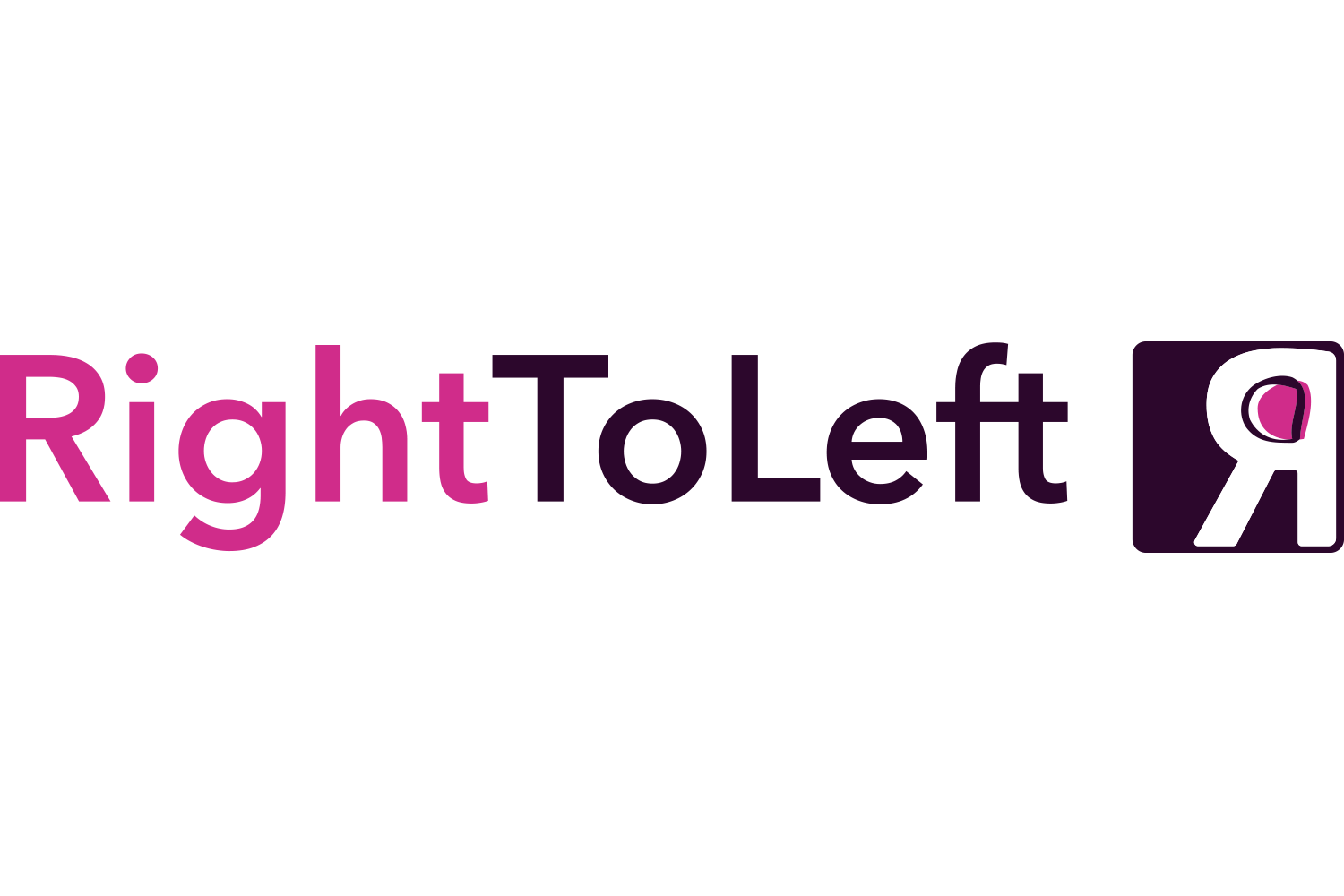Continuous Product-Market Fit
Finding product-market fit is the first step to understanding the potential success of your product. Once you’ve found it, you’re on your way to creating products that (hopefully) will solve real problems for people. But what happens after? How and when do you revise your existence within the market and potentially open yourself to growing, learning, and pivoting?
The short answer: always.
Product-market fit is not binary. It is not a yes or no statement that once answered is dropped and never looked at again.
Product-market fit is a journey of continuous growth and learning, and being able to recognize the changing market will allow you to adapt and evolve to your customers’ needs.
Let’s talk about this a bit more!
TLDR
Staying ahead does not mean going to market first
Have a streamline of continuous feedback in order to achieve growth
Understand your customers and market in order to solve their problems, not the problems of others.
Staying ahead of the competition
Everybody wants to stay ahead of the competition, but few know what that actually means. “Staying ahead” does not actually mean going to market first. There are plenty of examples of companies that did things first, yet got eaten up by the competition who delivered their product later.
Staying ahead means being able to identify gaps in the market, and addressing those in a manner that is unique to the problem you are solving. Teams often get distracted by shiny object syndrome, thinking that they must offer that exact same feature their competitor just released.
That never works.
While there may or may not be some truth to their particular new feature being a need for customers, the only way you will get ahead is by identifying what the problem is in the market and finding a unique solution for it. Theirs may or may not be right - you do not know the internal justification they had for building that particular thing. While it may be a good idea on the surface, the way to get ahead is to recognize that 1, there is a problem and 2, you have a better way of solving it.
Continuous growth and learning
And this brings us to our next point. How do you know how to solve a problem better than someone else?
By creating feedback loops. Continuous growth and learning comes from listening to your customers and leads. Most importantly, it comes from the understanding that you do not know it all.
We teach product managers to know how to say ‘no’ - but we often do not nurture the idea that being wrong is ok. It’s ok to be wrong, that is how we learn! Constantly challenging your assumptions, testing, iterating, and listening is what will give you the edge you are looking for.
Of course, the flip side to that is knowing that it is also ok to say no to some things, and that will come from understanding your product, market, and vision well. Products fail when they don’t solve the right problem, or when they’re trying to solve *too many* problems at the same time.
It’s important to have a solid grasp on your product-market fit, just as much as it is important to have a solid grasp on who your target audience actually is.
Scaling successfully
And with that, we come to our final point: scaling. In order to scale successfully, you have to be clear about who your ideal customer is.
Many companies start out building software for small companies, and as they shift towards growth will start moving up to cater to enterprises. Here’s the thing: startups and enterprises do not have the same needs or problems, so you’re going to have to make a choice. Otherwise, you’ll end up with everyone’s least favourite problem: feature bloat.
The most successful companies are those that do one thing and do it right. Be fierce about your vision, your customers, your goals and your market - and don’t let anyone come in between that. When you try to do it all, you fail at most things. Add focus in order to grow steadily, and don’t get distracted by things that on the outside only appear to be working for others.

